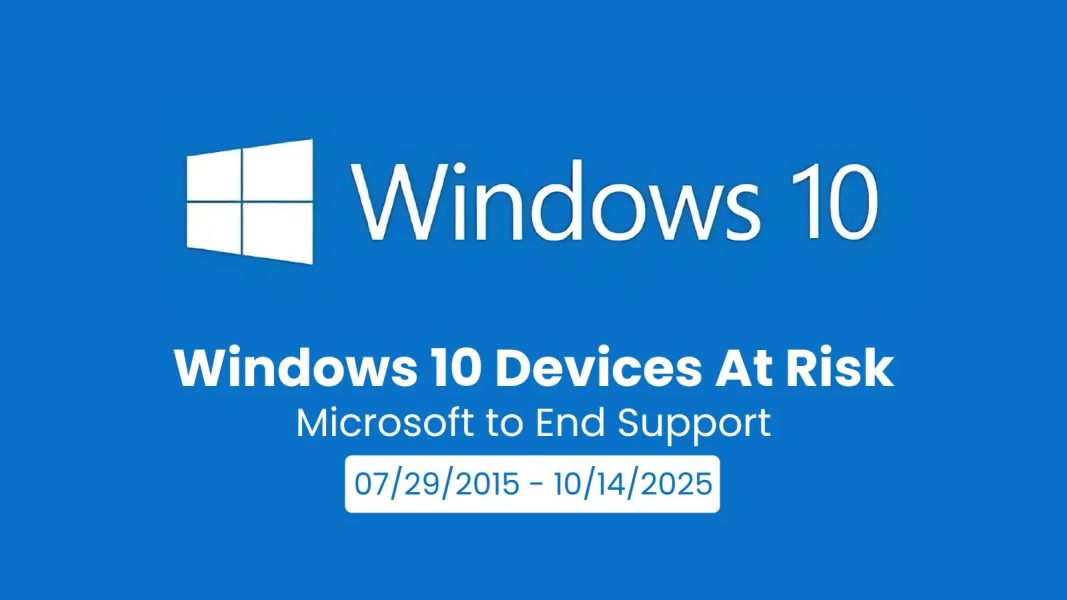Why everyone has a gnarly stomach bug right now, explained in one chart – Vox.com

If you believe in the work we do at Vox, please support us by becoming a member. Our mission has never been more urgent. But our work isn’t easy. It requires resources, dedication, and independence. And that’s where you come in.We rely on readers like you to fund our journalism. Will you support our work and become a Vox Member today?This year’s no good, very bad norovirus season.by Keren Landman, MDYou’re not imagining it: An unusually large number of Americans are barfing these days.Ninety-one norovirus outbreaks were reported to the Centers for Disease Control and Prevention (CDC) during the first week of December (shown in the orange line in the chart below), the latest week for which data is available. That’s more than have been reported at this time of year at any time since 2012.The viral stomach bug, which causes intense but blessedly short episodes of vomiting and diarrhea — with or without a brief period of fever, chills, and body aches — normally spreads in the wintertime and recedes in warmer months. This year’s uptick has been more ferocious than usual, with more outbreaks bubbling up earlier than in pandemic years (shown in the blue lines) and pre-pandemic years (which fall within the gray-shaded area).Additionally, at the end of December, nearly 23 percent of people were testing positive for norovirus at a sampling of clinical laboratories across the country — an extraordinarily high proportion, way above the typical peak of 10 to 15 percent.A weekly newsletter about kids — for everyone.The CDC’s figures, while useful for comparing patterns year to year, are a significant underestimate of real-world norovirus spread, says Lee-Ann Jaykus, a North Carolina State University microbiologist who directs NoroCORE, a food virology collaboration among multiple federal agencies. “The numbers are really ish-y,” she says. The norovirus outbreak data comes from a 14-state sampling — not the entire US — and the agency doesn’t count individual norovirus cases. Many people don’t seek medical care for symptoms, and even if they do, norovirus isn’t a disease that doctors and laboratories are required to report when they diagnose it.Experts say they don’t think the trend is just a result of more people seeking care for symptoms this year. “I do think that there is an increase in medically attended visits and infections, so the increase is real and not just increased testing,” Baylor College of Medicine norovirus researcher Robert Atmar wrote in an email to Vox. The best way to protect yourself during this season’s norovirus surge is to wash your damn hands: Norovirus is primarily spread when traces of a sick person’s poop or vomit sneak into our mouths via our hands or food they’ve prepared. However, the virus also spreads through aerosols that hang around after someone barfs, so it’s also good to take precautions if you’re around someone who has come down with the bug.Norovirus has been peaking at higher-than-usual levels since the pandemic. That’s probably related to the fact that immunity to the virus only lasts somewhere around a couple of years. Norovirus levels dropped during the pandemic due to more masking, more social distancing, and more careful hand and surface hygiene — and by the time people dropped those behaviors, there was less population-wide protection from the virus. That may explain why the US saw more outbreaks in post-pandemic years than in pre-pandemic years.“My first thought was, ‘Gee, do we have a new variant?’”But this year’s rise is earlier and higher than even the past few years’ trends. Why is this season so bad? “My first thought was, ‘Gee, do we have a new variant?’” says Jaykus. In past years, new norovirus variants have been associated with spikes in global infections. While the CDC’s genetic analyses of circulating noroviruses haven’t yet shown any dramatic changes this season, the possibility of a new strain is top of mind for many experts.“I can guarantee you that my colleagues at the CDC are doing a lot of sequencing now to figure out if there is a new strain, but it’s too early to say that there is,” says Jaykus. (A CDC spokesperson confirmed that reported outbreaks this season have exceeded both recent and pre-pandemic numbers.)Hand-washing, careful surface cleaning, keeping a distance from actively sick people, and masking if there’s a chance someone recently barfed in your vicinity are the best ways to prevent the spread of this nasty infection. If you do get infected with this very gnarly bug, take some small comfort in the fact that it usually goes away almost as quickly as it comes on.Staying hydrated is key: While nauseated, sip water or an electrolyte drink every 15 to 30 minutes, and if you feel like lying down afterward, prop yourself up to reduce reflux. There’s no need to slam a liter of fluid at a time; you just want to get enough in to produce some urine at least every six hours. Wait until you have an appetite to start eating solids, and start with bland foods like bananas and dry toast.Alcohol-based sanitizer doesn’t kill norovirus all that well, so clean your hands with soap and water. And clean shared surfaces with a bleach-based product — only a few virus particles are needed to cause infection, and it can live for weeks on surfaces, so be as thorough as you can.If you develop bloody diarrhea, you can’t keep enough fluids down to make some urine, or your symptoms last longer than three days, it’s time to seek medical care.Otherwise, thank your lucky stars it’s over, and keep washing those hands: People often shed norovirus for weeks after that first spectacular bathroom moment.To healthy people, a norovirus infection translates to some truly miserable bathroom moments, but it isn’t usually deadly. However, the virus can be life-threatening to babies and older adults, and scientists worldwide have been working to develop a vaccine aimed at dampening the infection’s worst effects.Several companies are trying to develop norovirus vaccines using both mRNA vaccine technology and more conventional vaccine development strategies, with varying levels of success. HilleVax stopped working on a candidate vaccine after it proved ineffective in a recent trial, Moderna is in the late stages of developing an mRNA vaccine against the virus, and Vaxart is studying several oral pill vaccine candidates, which have been only moderately effective at blunting symptoms. It hasn’t been an easy road, says Jaykus, who has advised pharmaceutical companies on potential applications of norovirus vaccines. “There are literally hundreds of [norovirus] strains,” she says, and the Food and Drug Administration wants a vaccine that will protect people from most if not all of them. Additionally, manufacturers have found it challenging to create a vaccine whose protection lasts longer than a few years.It will probably be at least three to five years before a norovirus vaccine is available to the narrowest slice of the population — likely babies, says Jaykus. After all, young children are not only among those worst affected by severe stomach bugs, but they’re also most responsible for spreading the virus to the rest of us. They don’t wash their hands as regularly or thoroughly as adults do, and they’re in each other’s faces all the time.Older adults, especially those in nursing homes, would take next priority because of how much severe illness norovirus causes in that population. The rest of us will have to wait even longer for a shot to protect us from the dreaded stomach bug.You’ve read 1 article in the last monthHere at Vox, we’re unwavering in our commitment to covering the issues that matter most to you — threats to democracy, immigration, reproductive rights, the environment, and the rising polarization across this country.Our mission is to provide clear, accessible journalism that empowers you to stay informed and engaged in shaping our world. By becoming a Vox Member, you directly strengthen our ability to deliver in-depth, independent reporting that drives meaningful change.We rely on readers like you — join us.Swati SharmaVox Editor-in-ChiefWe accept credit card, Apple Pay, and Google Pay. You can also contribute viaUnderstand the world with a daily explainer plus the most compelling stories of the day.How to decode your mental heath benefits.The best methods are low-tech and free.If you think you’re being overcharged on medical bills, you probably are.Choosing health insurance in the US is notoriously difficult. Let this guide help.Everyone evolves. Your friendships can too.The best advice we got this year.© 2025 Vox Media, LLC. All Rights Reserved
Source: https://www.vox.com/even-better/393811/norovirus-surge-vomiting-diarrhea-stomach-bug






